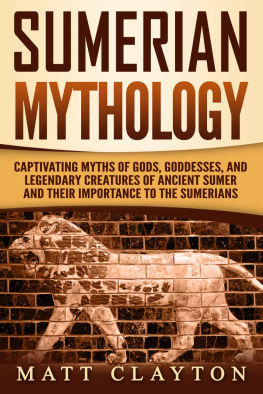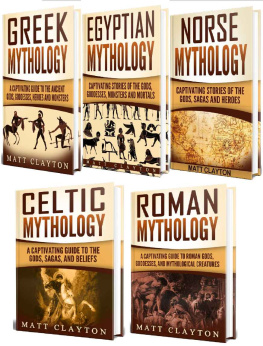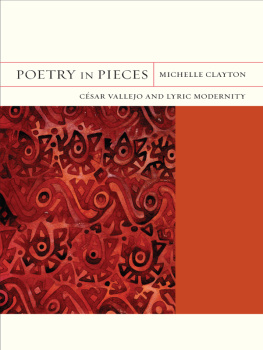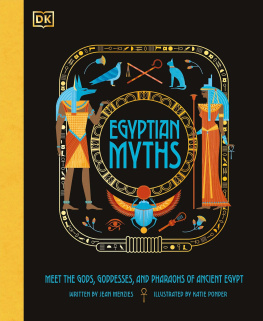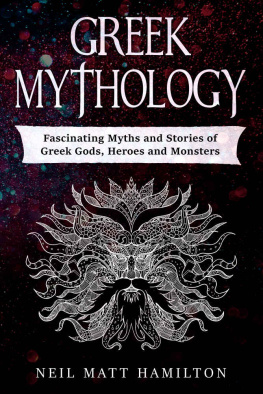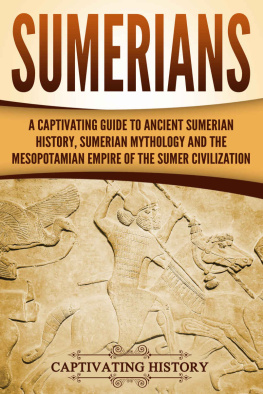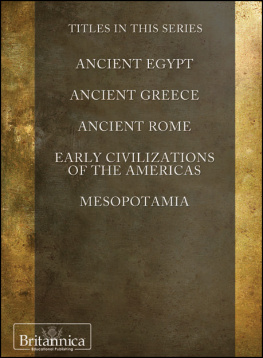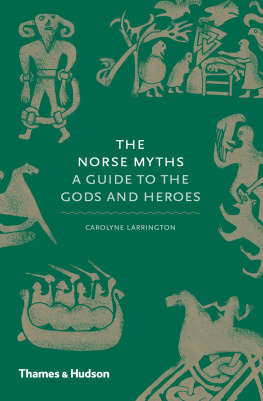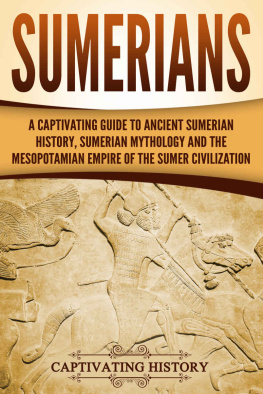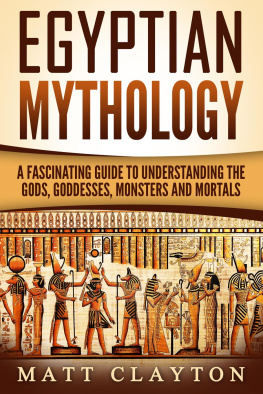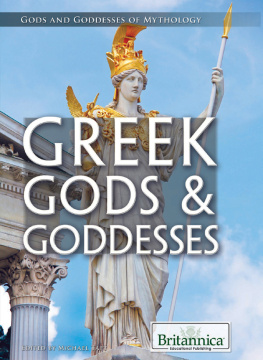Captivating Myths of Gods, Goddesses, and Legendary Creatures of Ancient Sumer and Their Importance to the Sumerians
Copyright 2019
All Rights Reserved. No part of this book may be reproduced in any form without permission in writing from the author. Reviewers may quote brief passages in reviews.
Disclaimer: No part of this publication may be reproduced or transmitted in any form or by any means, mechanical or electronic, including photocopying or recording, or by any information storage and retrieval system, or transmitted by email without permission in writing from the publisher.
While all attempts have been made to verify the information provided in this publication, neither the author nor the publisher assumes any responsibility for errors, omissions or contrary interpretations of the subject matter herein.
This book is for entertainment purposes only. The views expressed are those of the author alone, and should not be taken as expert instruction or commands. The reader is responsible for his or her own actions.
Adherence to all applicable laws and regulations, including international, federal, state and local laws governing professional licensing, business practices, advertising and all other aspects of doing business in the US, Canada, UK or any other jurisdiction is the sole responsibility of the purchaser or reader.
Neither the author nor the publisher assumes any responsibility or liability whatsoever on the behalf of the purchaser or reader of these materials. Any perceived slight of any individual or organization is purely unintentional.
Table of Contents
Free Bonus from Captivating History: History Ebook
Hi History Lovers!
My name is Matt Clayton, and Im the creator of Captivating History. First off, I want to THANK YOU for reading our books in the Captivating History series. As an avid reader of History myself, I aim to produce books that will hold you captive.
Now you have a chance to join our exclusive history list so you can get the ebook below for free as well as discounts and a potential to get more history books for free! Simply click the link below to join.
P.S. If you join now, you will also receive a free Mythology book. Remember that its 100% free to join the list.

Click here to access your bonus
Also, make sure to follow us on:
Twitter: @Captivhistory
Facebook: Captivating History: @captivatinghistory
Introduction
Sumerian literature comprises one of the oldest collections of written documents in the world. Like other bodies of mythology created by myriad cultures, the Sumerian corpus contains stories explaining the origins of the world, myths of the deeds and foibles of all-too-human deities and semi-divine beings, tales of magic and miracles, and epics detailing the mighty exploits of heroes who by their great strength and skill overcome dangerous beasts and human enemies alike. Surviving texts in Sumerian also include a number of religious texts composed by Enheduanna, the daughter of Sargon of Akkad and the high priestess in the temple of the moon god Nanna, as well as the first named author in human history.
The writing system used to record Sumerian texts of all kinds is known as cuneiform, for its use of a wedge-shaped stylus to make symbols impressed into soft clay tablets that were then left to dry, or were sometimes fired in a kiln, to preserve the writing. (The word cuneiform has its roots in the Latin word cuneus , meaning wedge.) This system, thought to be the oldest form of writing in the world, was later adapted throughout Mesopotamia by speakers of languages such as Akkadian and Old Persian. Although an untold number of these tablets have been entirely lost, thousands of them have survived into the present day. However, many of the surviving tablets have come down to us broken and therefore incomplete, leading to difficulties in translating and reconstructing the texts that first began to be written down almost five thousand years ago.
The ancient Sumerian civilization began in the so-called Fertile Crescent, an area around and between the Tigris and Euphrates Rivers in what is now Iraq. Starting around 3000 BCE, the Sumerians occupied the southern end of this Crescent, near the mouths of the rivers and not far from the Persian Gulf. The Sumerian people were among the first in the region to practice agriculture and to create city-states. They pioneered many important techniques in metalworking, the creation of textiles, and animal husbandry, and with their invention of cuneiform writing, they not only inscribed their religious texts but also kept very meticulous records of their business dealings and created the first corpus of written law.
Sumerian is what is known as a language isolate, meaning that it appears to have no relationship to any other languages. Sometime around 2000 BCE, Sumerian fell out of use as a spoken tongue and was replaced as a vernacular by Akkadian (a Semitic language related to modern Amharic and Arabic); however, Sumerian remained as an elite literary and ritual language for many centuries afterward. One outcome of these shifts in language use is that Sumerian texts were recorded in both monolingual Sumerian forms and also in bilingual forms alongside the Akkadian versions.
Defining what constitutes Sumerian myth is complicated not only by the linguistic situation but by other historical events and cultural realities. Sumer was absorbed into the Akkadian Empire in 2234 BCE, and there is a generous amount of overlap between Sumerian and Akkadian religions and mythography that can make it difficult to disentangle one from the other. Therefore, for the purposes of this book, I have followed the lists and categorization of narratives provided in the Electronic Text Corpus of Sumerian Literature (ETCSL) created by the Faculty of Oriental Studies at the University of Oxford.
The myths presented in the present volume include tales of gods and goddesses, both major and minor, as well as kings and heroes, both historical and mythical. One such king is the hero of what many scholars believe to be the first written epic: Gilgamesh. Stories about Gilgamesha historical Sumerian king who later became deified and mythologizedand about his illustrious (and likely mythical) forbears, Lugalbanda and Enmerkar, form an important subset of the narratives recorded in the Sumerian language, and the Sumerian myths formed the basis for the expanded Akkadian epic best known to modern readers. The tale about Sargon of Akkad is also about an actual historical figure, although one for whom we have more reliable evidence than we do for Gilgamesh. However, the events related in the story that explains how Sargon rose to kingship have been mythologized, likely as part of an attempt to provide Sargons reign with political and religious legitimacy.
Just as the stories of Gilgamesh are set in places that are at once historical and mythical, so, too, do the tales of the gods create an overlap between the physical world and the world of myth. In Sumerian myths, Enlil lives in his house, the E-kur, in the Sumerian city of Nippur, but this is not merely a mythical house populated by mythical beings: The E-kur was the actual structure made by Sumerians as a temple for the worship of Enlil. And just as historical, physical Nippur was a place of pilgrimage in actuality, it also is in myth, as we see in the story of Nannas journey to that city to visit his divine father, Enlil.
In addition to creating connections between the human world and the divine, Sumerian myths explain how the world came to be in the first place. These myths establish the cosmic order, which places the greater gods, or Annunaki, at the top of the hierarchy, with the lesser gods, or Igigi, below them. Below the Igigi are human beings, who, according to the Sumerians, were created to do the work of building and farming that the Igigi originally had been assigned to do, thus making human beings responsible not only for their own sustenance but for that of the gods. Other stories tell how some of the lesser deities came to be, often as the result of both rape and incest. We see this in the story of Enki and Ninhursag, for example.

